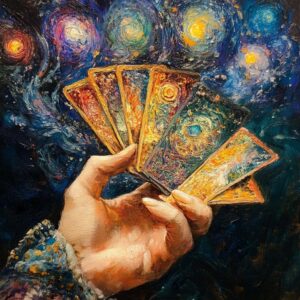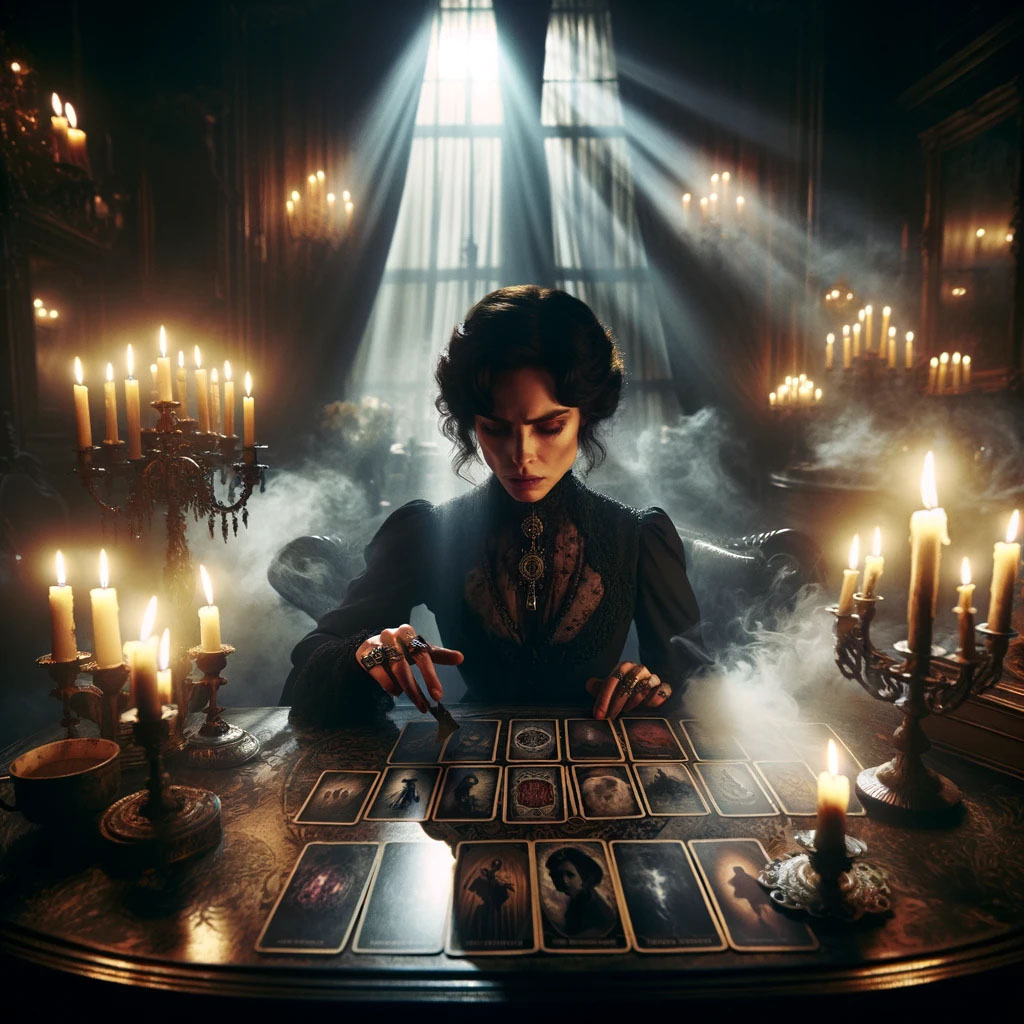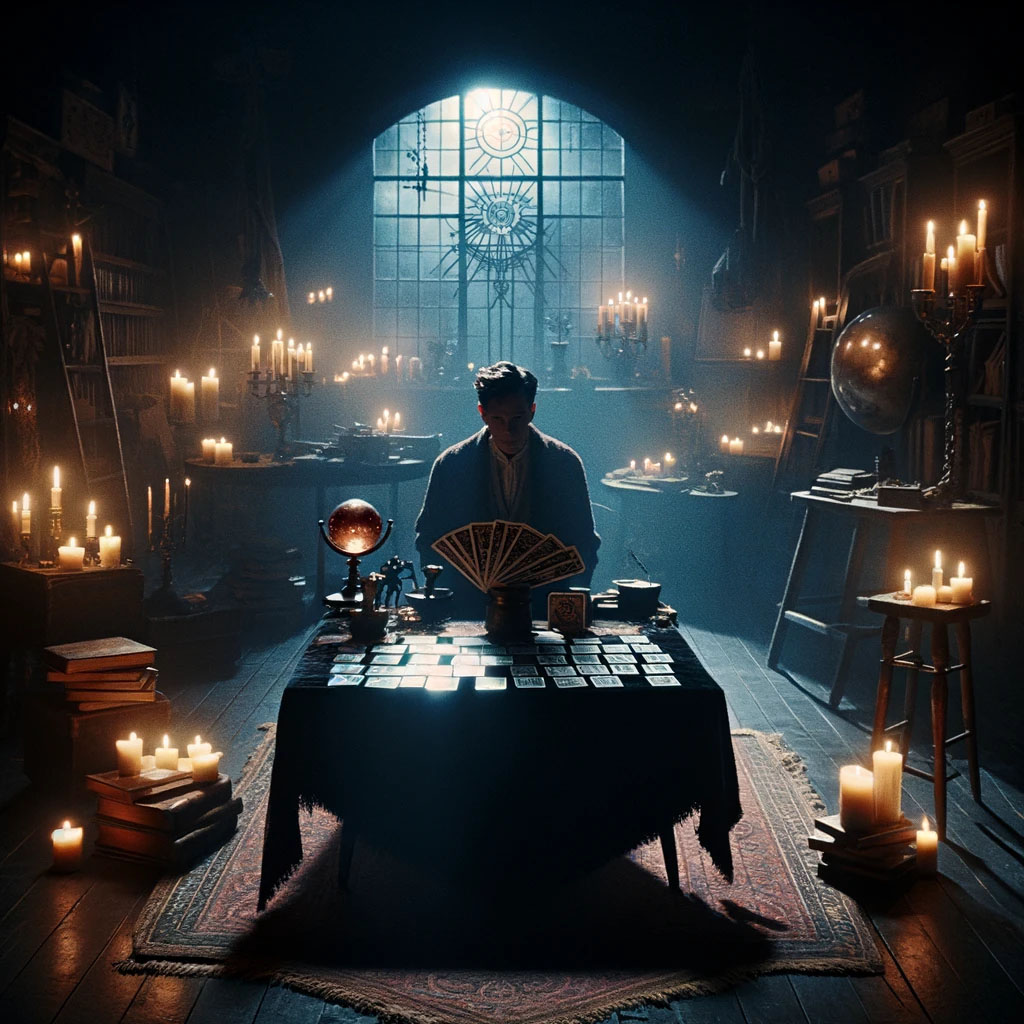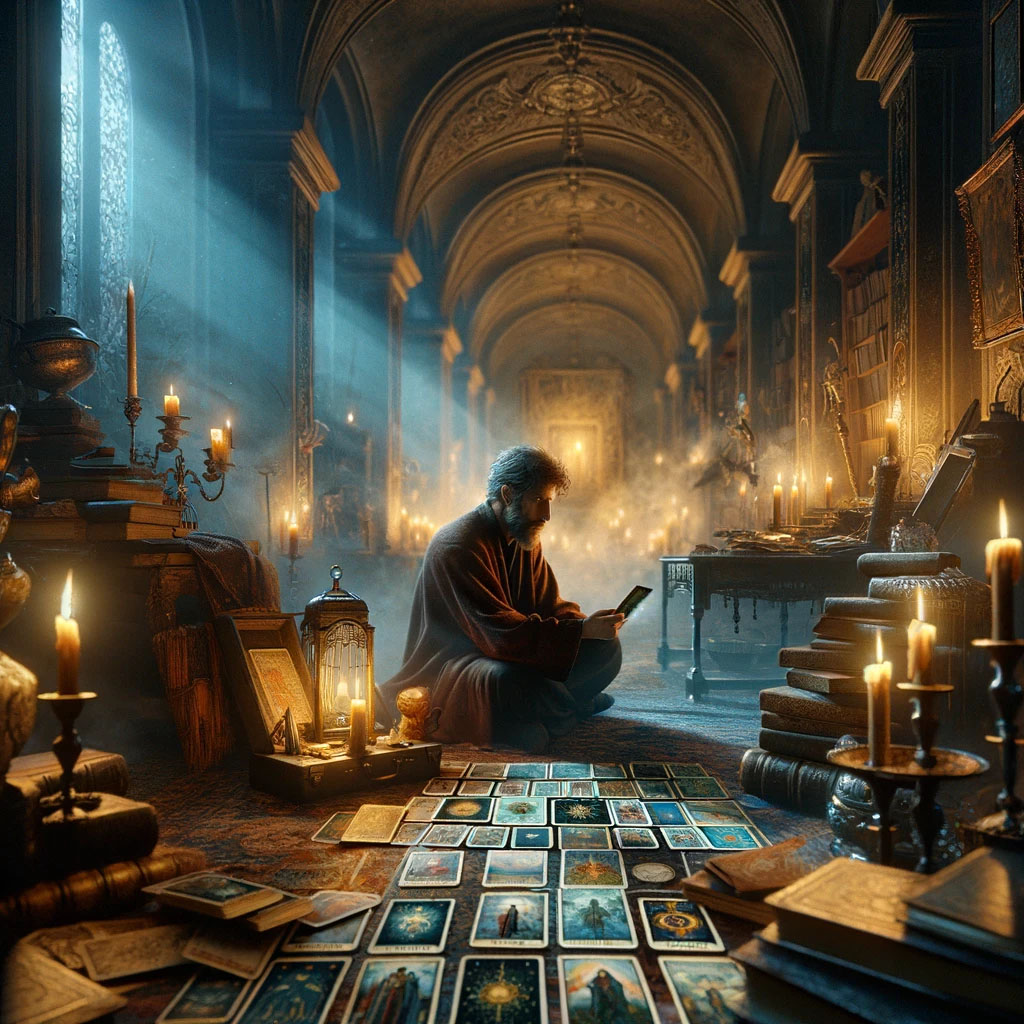
Tarot cards have long been associated with mysticism and the esoteric, but their influence extends far beyond the realms of fortune-telling and spiritual guidance. In recent years, Tarot cards have made a significant impact on pop culture, appearing in movies, television shows, music videos, and fashion. These iconic cards, with their rich symbolism and striking imagery, have become a source of inspiration for artists, writers, and creators across various media. In this article, we will explore how Tarot cards have permeated pop culture, influencing everything from storytelling to visual art, and how they continue to captivate the imagination of audiences around the world.
Tarot cards began their journey as a card game in 15th-century Europe and evolved into a rich symbolic system used for divination, meditation, and introspection. Beyond their spiritual and personal use, tarot cards have also integrated into popular culture in ways that have transformed their collective perception. From films and television series to literature, music, and artworks, tarot cards have embedded themselves in popular consciousness as symbols of mystery, future prediction, and supernatural powers.
Tarot Cards in Film and Television
In cinema, tarot cards often appear as a plot device reflecting a murky future or as part of the mystical identity of spiritual characters. For instance, in the film "GoldenEye" (1995), the main character uses tarot cards for future predictions, which leads to critical plot developments. These scenes depict tarot as a tool with supernatural power, influencing how audiences perceive tarot in real life.
On television, series like "Charmed" and "Supernatural" showcase tarot as part of the storyline, highlighting the connection between the cards and realms of mysticism and witchcraft. The portrayal of tarot cards in these series adds a spiritual and magical dimension, inviting viewers to explore the deeper meanings behind them.

Tarot Cards in "Penny Dreadful"
In the series "Penny Dreadful," tarot cards serve as a thread connecting the various characters, weaving together their personal and cosmic narratives. This use of tarot adds depth, suspense, and symbolism to the stories and characters.
Created by John Logan, "Penny Dreadful" spans three seasons and draws its name from the "penny dreadful" publications—cheap horror and fantasy stories popular in 19th-century Britain. The series blends characters from gothic literature and mythology, including Vanessa Ives, Doctor Frankenstein and his creations, Dorian Gray, and monsters from Irish mythology. Tarot cards play a significant role in linking these characters and their fates, enriching the series' complex and mystical world.

Tarot Cards in "Live and Let Die"
Tarot cards have become a popular narrative tool in film and television, often used to foreshadow ominous futures or symbolize mystical powers. In the 1973 James Bond film "Live and Let Die," tarot cards play a key role in the plot, providing clues and adding layers to the story.
"Live and Let Die" is the eighth film in the James Bond series and the first to star Roger Moore as the iconic secret agent. Based on Ian Fleming's 1954 novel of the same name, the film follows Bond as he travels to the United States to investigate the deaths of several British agents. His investigation leads him to Dr. Kananga, a Caribbean crime lord operating under the alias Mr. Big. Throughout the film, Bond uncovers a scheme to distribute heroin across America using fish restaurants as fronts.
A significant element in the story is Solitaire, a young woman with supernatural abilities in tarot reading who becomes Bond's love interest. The inclusion of tarot cards adds a mystical and suspenseful dimension to the narrative, intertwining with the film's thrilling chases, battles, voodoo magic, and plot twists.
"Live and Let Die" is celebrated for its dynamic action sequences, captivating musical score, and unique effects, making it one of the most memorable entries in the James Bond franchise.

In literature, tarot cards have become a popular motif, used to create a mysterious atmosphere and add symbolic depth to narratives. One notable example is the novel The Eighth Philosophy by Paulo Coelho, where tarot cards play a crucial role in uncovering character motivations and advancing the plot. In this work, tarot cards serve not only as a tool for predicting the future but also as a means of exploring personal discovery and internal reflection.
These literary uses of tarot cards highlight their versatility beyond traditional fortune-telling. They offer a way to delve into the inner lives of characters, enriching stories with themes of fate, introspection, and transformation. Through their symbolic meanings and associations, tarot cards in literature invite readers to engage with deeper existential questions and connect with the narrative on a more profound level.

In the world of music, tarot cards serve as a rich source of inspiration for many artists. The deep and mysterious symbolism of the cards invites layers of meaning, imagination, and spiritual experience, which artists weave into their musical creations. A prominent example is the album The Fool by the band Warpaint. The use of "The Fool" card not only names the album but also serves as a metaphor for the themes it explores—new beginnings, self-discovery, and leaps into the unknown. The album's cover and content reinforce each other, creating a captivating audio-visual experience.
In the realm of visual art, tarot cards have become a popular theme and source of inspiration for many artists. Salvador Dalí, for instance, created his own tarot deck, renewing the traditional symbolism of the cards with his unique surrealist style. Dalí not only presented the cards as art objects but also as tools for inner exploration and the revelation of deep psychological landscapes. Similarly, Frida Kahlo used tarot symbols in her works to express pain, passion, and rebellion in her life, employing these symbols for profound personal and spiritual expression.
The use of tarot in music and art extends beyond visual or aesthetic aspects. The cards reflect a spiritual journey, seeking inner truth and connection to the universe. Many artists identify with this journey and use tarot symbols to explore themes of identity, destiny, and confronting the unknown. In this way, tarot has become a visual and musical language through which deep emotions, thoughts, and insights are expressed.
The widespread appearance of tarot cards in popular culture has significantly influenced their collective perception. Beyond their ritualistic and spiritual use, tarot cards have become cultural symbols representing mystery, the search for meaning, and dealing with the unknown. They invite viewers, readers, or listeners to explore the inner depths of the human psyche and contemplate the possibilities of their future.
Summary
The integration of tarot cards in music and art highlights the power of their deep and fascinating symbolism. Through music and visual arts, tarot cards continue to become part of popular culture, allowing people to explore and grapple with spiritual and aesthetic questions. Artists, in their use of the cards, not only create inspiring works but also deepen the dialogue between art and spirituality, expanding the boundaries of creativity and offering new and captivating interpretations of the ancient and timeless symbolism of tarot cards.


Orit Raphael, Tarot Reader for Personal Guidance, Insights, and Messages